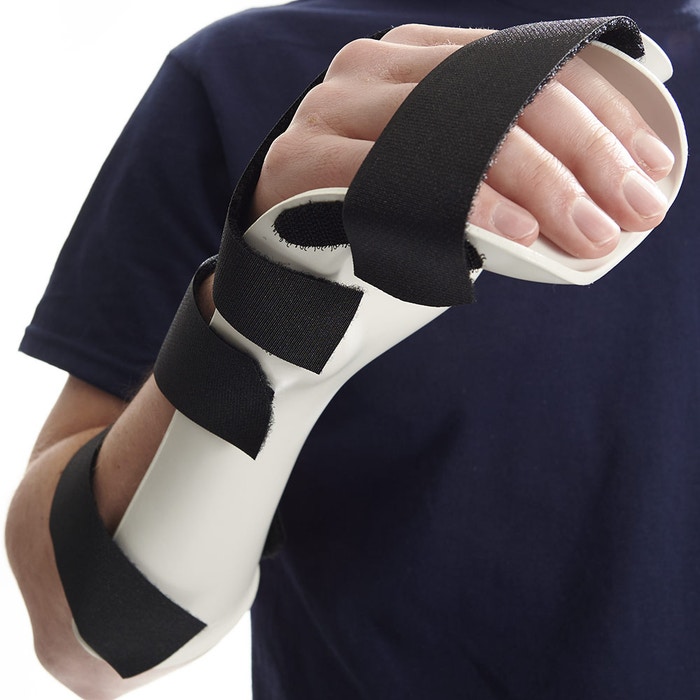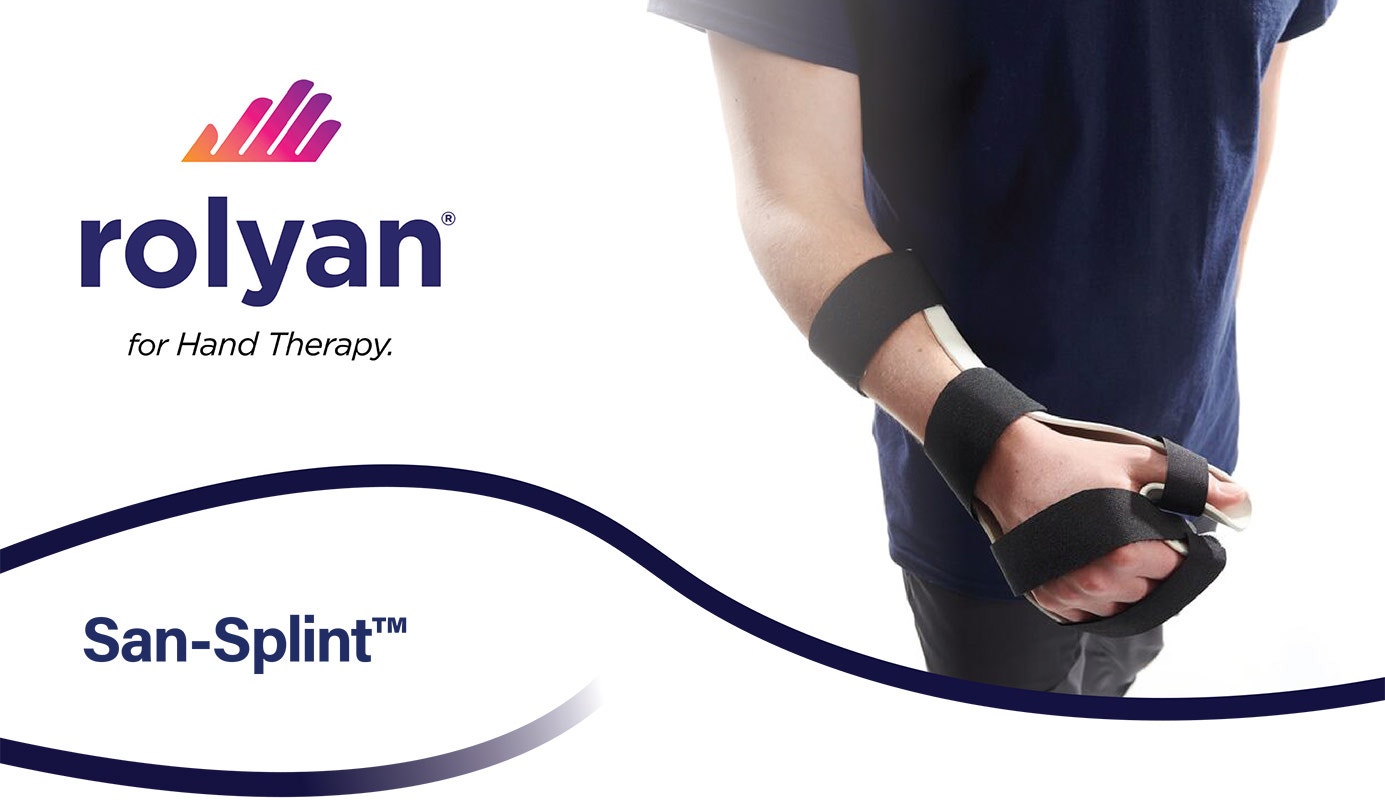Rolyan San-Splint Thermoplastic Splinting Material

-

This product contains natural rubber latex which may cause allergic reactions.
-

For health reasons we are unable to accept returns or exchanges of hygiene products.
-

This item is considered dimensionally oversized parcel or requires truck delivery. Additional shipping charges will be calculated at time of order.
-

This item is classified as hazardous materials. Can ship ground only - restricted from air. Additional shipping surcharge will be added at time of order.
-

This product has a Bariatric rating.
-
If you have any questions please contact customer support at: 1.800.665.9200 or Email at:
customersupportca@performancehealth.com
OTHER ADDRESSES
| Company or Name | Street | Address 2 | City | Province | Postal |
|---|
- Highest resistance to stretch and lowest conformability
- Strong and rigid splint; ideal for medium and large splints
- Minimal memory; but can be reheated and reshaped
- Non-toxic, latex-free, and radiolucent
Key Material Benefits
San-Splint is the only Rolyan splinting material with a synthetic polyisoprene base. This base gives it the highest resistance to stretch and the lowest conformability of any Rolyan splinting material. Further, due to the unique base material, San-Splint can be heated in either a hot water splint bath or a hot air oven.
Handling
Resistance to stretch: Maximum
Material does not stretch unless pushed or pulled in a direction and then held until cool, making it easier to handle large, warmed pieces of material. It will not stretch or deform when removed from splint bath.
Conformability: Minimum
Material does not conform to surface contours unless significant force is applied. Low degree of drape.
Memory: Minimum
Ability be reheated and reshaped but will not return to original shape; however, it will lose rigidity if reheated too often.
Bonding: Uncoated
Bond permanently by pinching together heated and dry surfaces.
Physical
Colors: Assorted
White or beige
Thickness: 1/8" (3.2 mm) sheet thickness only
Perforations : Assorted
Available in 1 percent, 2.5 percent or solid material.
Appearance: Opaque when heated
Hardened Splint
Rigidity: Moderate/Maximum (65.6 kpsi*)
Retains shape without reinforcement.
Surface: Smooth
No unwanted fingerprints or markings.
*Refers to Young’s Modulus testing value
Learn More about Rolyan Hand Therapy
Key Material Benefits
The San-Split Rolyan Thermoplastic Splinting Material utilizes a base that is highly resistant to stretch and offers the lowest conformability of any Rolyan splints. The unique thermoplastic splint material can be heated with a hot water splint bath or in a hot air oven. While the San-Splint can be reheated and reshaped, it will not return to its original shape and can lose rigidity if reheated too often.
Moldable Splint Material for Customized Fit
The maximum resistance to stretch makes it ideal for medium and large splints. The splinting sheet does not stretch unless pushed or pulled in a direction and then held until cool, making it easier to handle large, warmed pieces of material.
It will not stretch or deform when removed from the splint bath. The uncoated surface resists bonding when heated in water, but bonds permanently when edges are heated, dry, and pinched together. San-Splint material adjustments should be made only by a healthcare professional.
Physical Attributes
The Rolyan rigid splint material is available in white or beige with 1%, 2.5%, and solid perforation options. The thermoplastic sheets measure 1/8" (3.2 mm) in thickness with a moderate/maximum rigidity of 65.6 kpsi*.
*Refers to Young’s Modulus testing value
| Brand | Rolyan |
|---|
- Highest resistance to stretch and lowest conformability
- Strong and rigid splint; ideal for medium and large splints
- Minimal memory; but can be reheated and reshaped
- Non-toxic, latex-free, and radiolucent







 US
US France
France Australia
Australia


